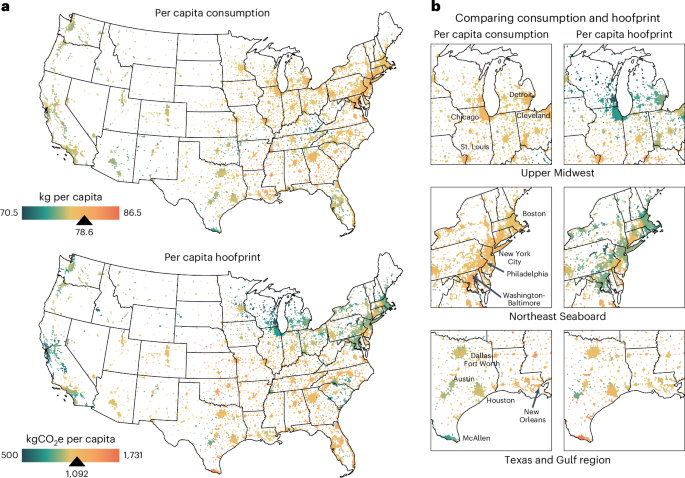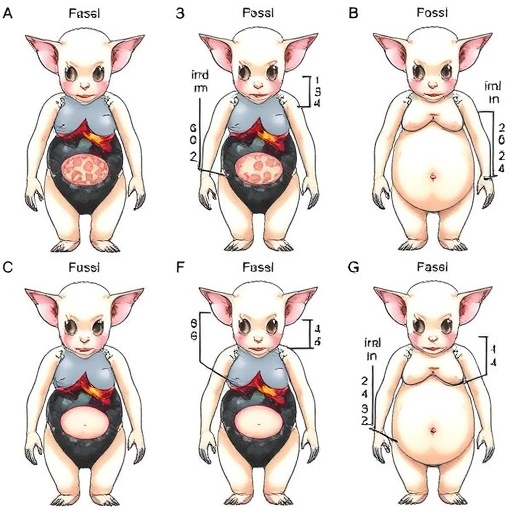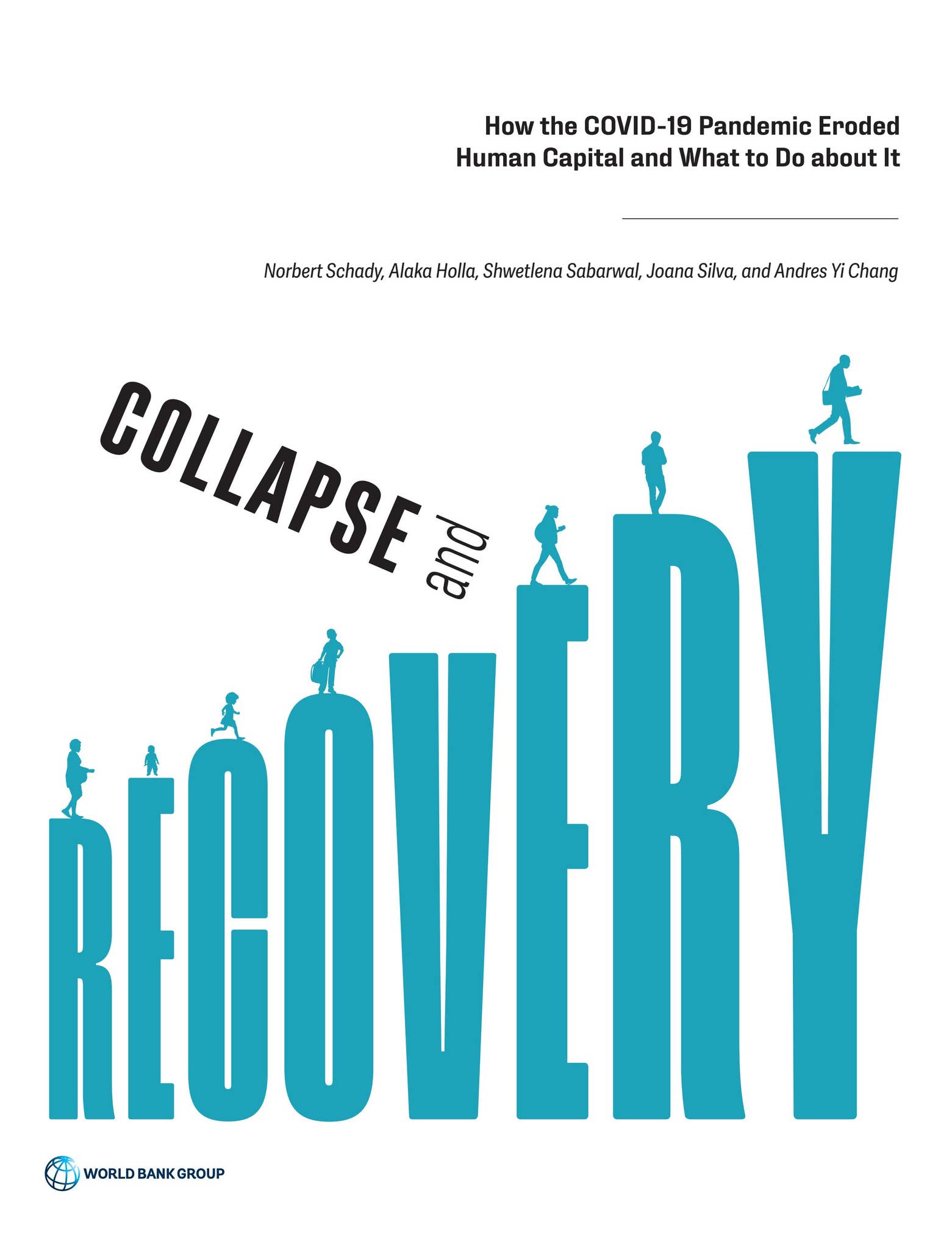Kentucky Minimum Wage Now Half its Previous Peak, and Below Poverty Line – Kentucky Center for Economic Policy
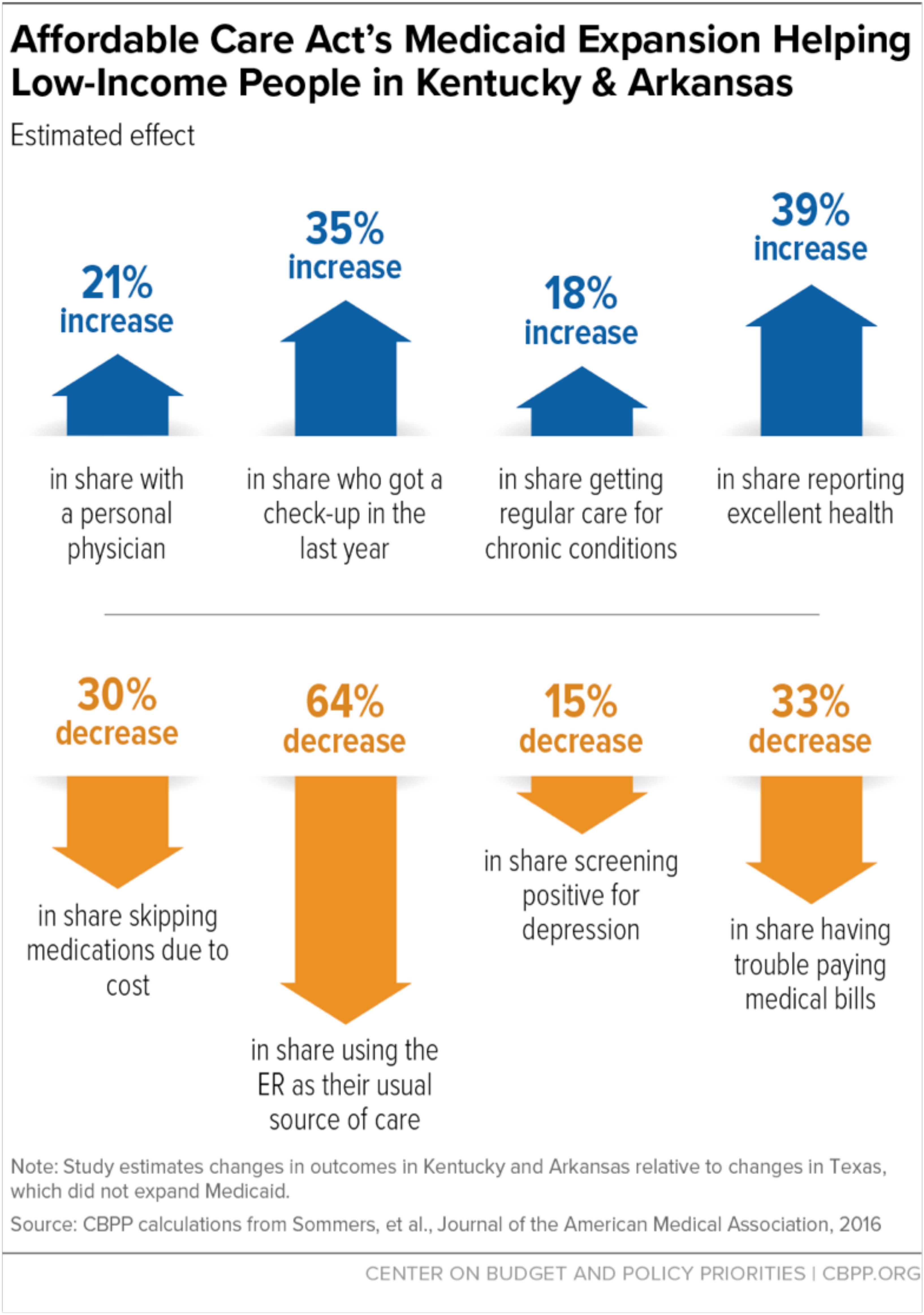
Report on the Stagnation of Kentucky’s Minimum Wage and its Impact on Sustainable Development Goals
Executive Summary: A Failure to Uphold Sustainable Development Principles
For 16 years, the minimum wage in Kentucky has remained stagnant at the federal level of $7.25 per hour. This legislative inaction has resulted in a significant erosion of purchasing power, pushing the wage floor below the federal poverty line for a full-time worker. This situation directly contravenes several key United Nations Sustainable Development Goals (SDGs), particularly SDG 1 (No Poverty), SDG 8 (Decent Work and Economic Growth), and SDG 10 (Reduced Inequalities). The current wage fails to provide a “fair day’s pay for a fair day’s work,” trapping tens of thousands of Kentuckians in a cycle of poverty while the cost of essential goods and services continues to rise.
Economic Impact and Contradiction of SDG 1: No Poverty
The primary objective of SDG 1 is to end poverty in all its forms everywhere. Kentucky’s current minimum wage policy actively undermines this goal.
- Erosion of Value: The current minimum wage of $7.25 per hour is at its lowest inflation-adjusted value in 75 years. If it had kept pace with inflation since its peak value in 1968, it would be at least $14.70 per hour.
- Poverty-Level Earnings: As of 2025, the federal minimum wage officially constitutes a poverty wage for a single, full-time worker, failing to cover basic necessities such as food and housing, which are central to SDG 2 (Zero Hunger) and SDG 11 (Sustainable Cities and Communities).
- Ineffective Wage Floor: The wage is so low that it no longer functions as an effective market floor. Data from 2024 indicates that while no hourly workers in Kentucky earn the exact minimum wage, 19,000 earn sub-minimum wages, highlighting the vulnerability of specific populations.
The Erosion of Decent Work and its Implications for SDG 8
SDG 8 promotes sustained, inclusive, and sustainable economic growth, full and productive employment, and decent work for all. A stagnant minimum wage represents a failure to ensure the “decent work” component of this goal.
- Lack of Living Wage: Market forces alone have proven insufficient to raise wages to a level that supports a basic family budget. A significant portion of Kentucky’s workforce earns too little to achieve economic stability.
- Potential for Growth: An increase in the minimum wage to a proposed $17 per hour would directly benefit 478,000 workers in Kentucky. This injection of capital into the hands of low-wage earners would stimulate local economies through increased consumer spending, contributing to the sustainable economic growth outlined in SDG 8.
- Subminimum Wages: The continued existence of subminimum wage structures for tipped, disabled, or incarcerated workers is a direct affront to the principle of decent work for all.
Legislative Inaction and its Contribution to SDG 10: Reduced Inequalities
SDG 10 calls for the reduction of inequality within and among countries. Kentucky’s policy choices have exacerbated income inequality within the state.
- State-Level Inaction: While 28 states and the District of Columbia have raised their minimum wages above the federal mandate, Kentucky has failed to pass legislation to do so since its last adjustment in 2009.
- Regressive Federal Policies: Recent federal tax changes, such as those in the One Big Beautiful Bill Act (OBBBA), disproportionately benefit the wealthiest earners while offering minimal relief to the poorest families. For example, the Child Tax Credit expansion under this act excludes 285,000 of Kentucky’s most vulnerable children from receiving the maximum benefit.
- Increased Reliance on Public Support: Low wages force workers to depend on public assistance programs. However, proposed restrictions and work-reporting requirements for these programs will disproportionately harm low-wage workers with inconsistent schedules, further widening the gap between the wealthy and the poor.
Preemption of Local Authority and Conflict with SDG 11: Sustainable Cities and Communities
SDG 11 aims to make cities and human settlements inclusive, safe, resilient, and sustainable. The ability of local governments to respond to local economic conditions is a key component of this goal.
- Suppression of Local Ordinances: In 2016, the Supreme Court of Kentucky struck down minimum wage ordinances passed by Louisville and Lexington, which have higher costs of living than other parts of the state.
- Barrier to Local Solutions: The General Assembly has the authority to permit localities to set their own wage floors but has declined to do so. This preemption prevents communities from implementing policies that would make their local economies more sustainable and equitable for their residents.
Policy Recommendations for Alignment with Sustainable Development Goals
To align with its commitments to sustainable development and ensure economic well-being for its citizens, the Kentucky General Assembly should take the following actions:
- Increase the State Minimum Wage: Enact a substantial increase in the state minimum wage to a living wage level, directly addressing SDG 1 and SDG 8.
- End Subminimum Wage Practices: Abolish subminimum wage certificates and provisions for all workers, including those who are tipped or have disabilities, to guarantee fair compensation and advance SDG 10.
- Empower Local Governments: Grant local municipalities the authority to establish minimum wages that reflect their unique economic conditions and costs of living, thereby supporting the objectives of SDG 11.
Analysis of Sustainable Development Goals in the Article
1. Which SDGs are addressed or connected to the issues highlighted in the article?
-
SDG 1: No Poverty
- The article directly connects the stagnant minimum wage to poverty, stating that the current wage has fallen “below the poverty line for a full-time worker.” It highlights that inaction has left tens of thousands of people earning “poverty wages.”
-
SDG 8: Decent Work and Economic Growth
- The core theme is the failure to ensure “a fair day’s pay for a fair day’s work,” which is central to the concept of decent work. The article discusses wage stagnation, the purchasing power of wages, and the need for a wage floor that provides for family well-being. It also specifically mentions vulnerable groups like tipped, disabled, and incarcerated workers who are falling behind.
-
SDG 10: Reduced Inequalities
- The article addresses inequality by focusing on the lowest-paid workers and the growing gap between their wages and the cost of living. It points out disparities affecting specific groups (disabled and tipped workers) who earn subminimum wages. Furthermore, it contrasts the minimal benefits of tax policies for the poorest families with the significant tax cuts for the wealthiest earners, highlighting fiscal policies that exacerbate inequality.
-
SDG 16: Peace, Justice and Strong Institutions
- The article critiques the effectiveness of governmental institutions. It points to the “inaction” of Congress and the Kentucky General Assembly in raising the minimum wage. It also discusses how the Kentucky Supreme Court struck down local ordinances to raise wages, and how the state legislature prevents local governments from setting their own wage floors, which relates to the responsiveness and inclusiveness of decision-making institutions.
2. What specific targets under those SDGs can be identified based on the article’s content?
-
Under SDG 1 (No Poverty):
- Target 1.2: By 2030, reduce at least by half the proportion of men, women and children of all ages living in poverty in all its dimensions according to national definitions. The article explicitly states that the federal minimum wage of $7.25 is now “below the poverty line for a full-time worker,” directly addressing the relationship between wages and national poverty measures.
-
Under SDG 8 (Decent Work and Economic Growth):
- Target 8.5: By 2030, achieve full and productive employment and decent work for all women and men, including for young people and persons with disabilities, and equal pay for work of equal value. The article’s call for a “fair day’s pay” and an end to “subminimum wages for tipped and disabled workers” directly aligns with this target’s goal of decent work and equal pay for all, including persons with disabilities.
-
Under SDG 10 (Reduced Inequalities):
- Target 10.1: By 2030, progressively achieve and sustain income growth of the bottom 40 per cent of the population at a rate higher than the national average. The proposal to raise the minimum wage to $17 an hour, which would give “one in four workers” a raise, is a direct strategy to boost the income of the bottom segment of the wage-earning population.
- Target 10.4: Adopt policies, especially fiscal, wage and social protection policies, and progressively achieve greater equality. The article is a direct call to reform wage policy (raising the minimum wage). It also critiques current fiscal policies (tax changes benefiting the wealthy) and social protection policies (restricting eligibility for public support), arguing they increase inequality.
-
Under SDG 16 (Peace, Justice and Strong Institutions):
- Target 16.7: Ensure responsive, inclusive, participatory and representative decision-making at all levels. The article highlights a failure in responsive decision-making by mentioning that the Kentucky General Assembly has not allowed local governments to set their own minimum wages, despite attempts by cities like Louisville and Lexington. This preempting of local action is a failure to ensure inclusive decision-making at the local level.
3. Are there any indicators mentioned or implied in the article that can be used to measure progress towards the identified targets?
-
For Target 1.2 (Reduce poverty):
- Indicator: The relationship between the minimum wage and the national poverty line. The article provides a clear, negative indicator: “as of 2025, the minimum wage falls below the poverty level for a full-time worker for the first time.” Progress would be measured by raising the wage above this line.
-
For Target 8.5 (Decent work and equal pay):
- Indicator: Average hourly earnings. The article provides several data points: the current minimum wage ($7.25/hour), the inflation-adjusted value of the 1968 wage ($14.70/hour), and a proposed wage ($17/hour). It also mentions the existence of “sub-minimum wage jobs” for specific groups, which serves as an indicator of unequal pay.
-
For Target 10.1 (Income growth for the bottom 40%):
- Indicator: Number and proportion of low-wage workers receiving a pay increase. The article states that raising the wage to $17/hour would mean “478,000 Kentucky workers would see an increase in their wages,” affecting “one in four workers.” This is a direct measure of income growth for the bottom segment of the workforce.
-
For Target 10.4 (Adopt policies for equality):
- Indicator: Analysis of fiscal and wage policies. The article provides indicators of unequal policy outcomes: a tax change providing an average annual cut of “$46,420 in Kentucky” for the wealthiest versus a “$70 cut, annually” for the poorest. The stagnant minimum wage itself is an indicator of a wage policy that is failing to promote equality.
-
For Target 16.7 (Responsive decision-making):
- Indicator: State preemption of local laws. The article provides a clear qualitative indicator: the Kentucky Supreme Court striking down minimum wage ordinances in Louisville and Lexington, and the General Assembly’s subsequent failure to grant localities the authority to set their own wages. This demonstrates a lack of responsive governance at the local level.
4. Table of SDGs, Targets, and Indicators
| SDGs | Targets | Indicators |
|---|---|---|
| SDG 1: No Poverty | 1.2: Reduce the proportion of people living in poverty according to national definitions. | The minimum wage ($7.25/hour) has fallen “below the poverty line for a full-time worker.” |
| SDG 8: Decent Work and Economic Growth | 8.5: Achieve decent work for all, including persons with disabilities, and equal pay for work of equal value. | Existence of “subminimum wages for tipped and disabled workers.” The current minimum wage is $7.25/hour, while a proposed “fair” wage is $17/hour. |
| SDG 10: Reduced Inequalities |
10.1: Sustain income growth of the bottom 40% of the population.
10.4: Adopt fiscal, wage, and social protection policies to achieve equality. |
A proposed wage increase would benefit 478,000 workers (“one in four workers”).
Fiscal policy indicator: Tax cuts average $46,420 for the wealthiest vs. $70 for the poorest. Wage policy indicator: The minimum wage has lost 50% of its purchasing power. |
| SDG 16: Peace, Justice and Strong Institutions | 16.7: Ensure responsive, inclusive, and representative decision-making at all levels. | The state Supreme Court struck down local minimum wage ordinances in Louisville and Lexington; the state legislature preempts local governments from setting a higher minimum wage. |
Source: kypolicy.org

What is Your Reaction?
 Like
0
Like
0
 Dislike
0
Dislike
0
 Love
0
Love
0
 Funny
0
Funny
0
 Angry
0
Angry
0
 Sad
0
Sad
0
 Wow
0
Wow
0








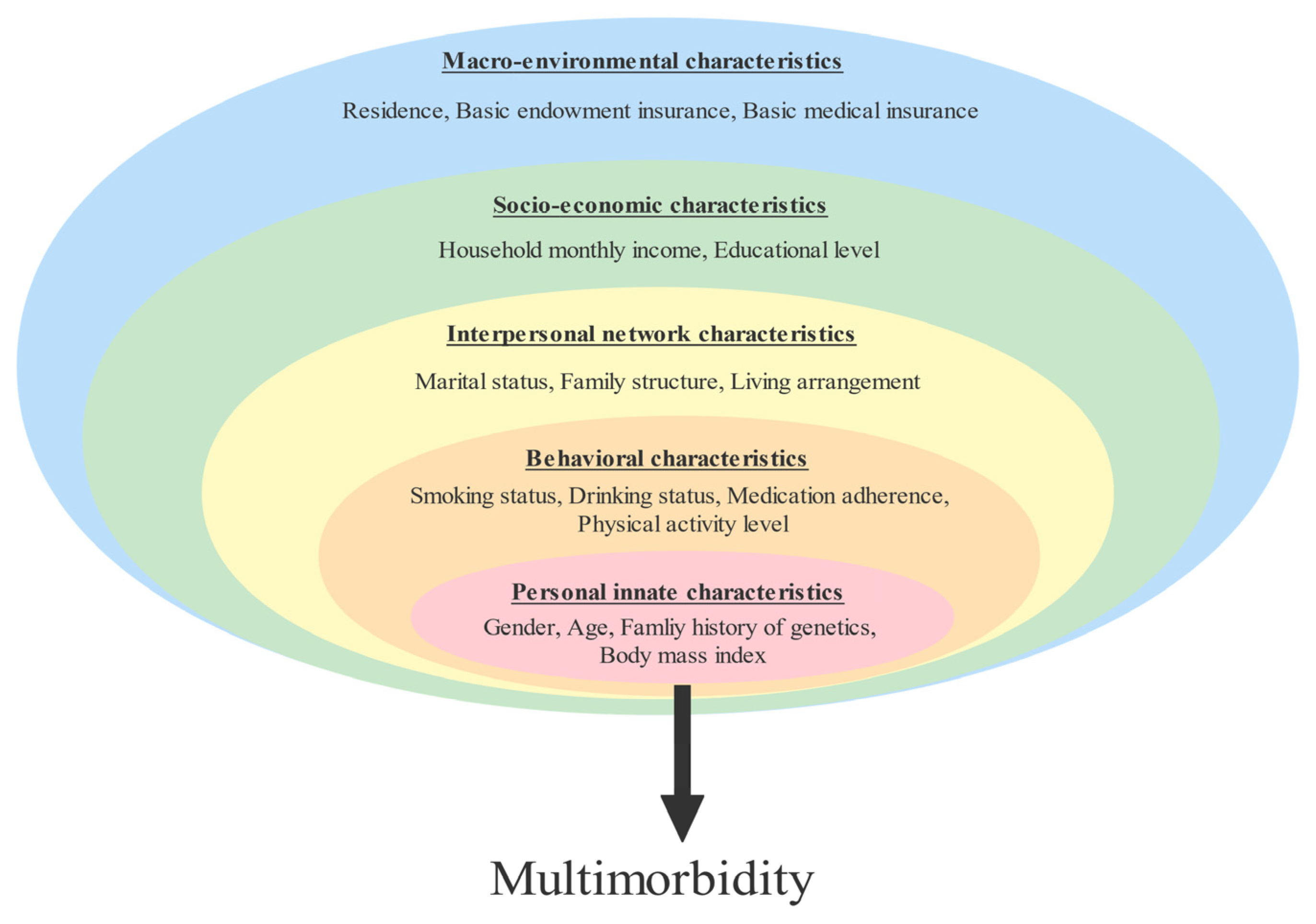



















:focal(2620,1821)/https://media.globalcitizen.org/60/0a/600a77ce-594c-49ce-b428-dd977e3d2328/d4_csdw_thailand_2149_1.jpg?#)









